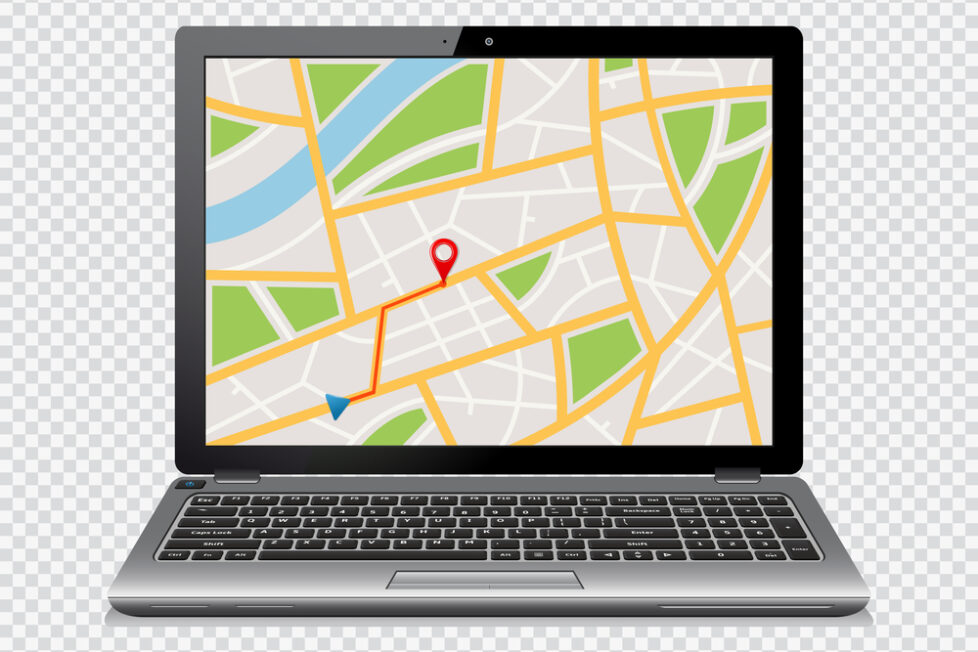From Addresses to Coordinates: Harnessing the Power of Geocoding API

In the modern era of data-driven decision-making, location intelligence forms an integral part of many industries. From logistics and e-commerce to real estate and ride-sharing services, the ability to convert human-readable addresses into machine-friendly coordinates, known as geocoding, is essential. This article aims to provide an in-depth understanding of the Geocoding API from https://distancematrix.ai/geocoding-api, its functionalities, and how it can be leveraged to translate addresses into geographic coordinates.
Geocoding starts with address parsing. The system converts human-readable addresses, like ‘123 Main Street, New York, NY’, into a format machines can understand and use. This conversion requires breaking the address into its constituent components: street number, street name, city, state, and postal code.
Address parsing is a complex task that requires an understanding of the unique characteristics and anomalies of address formats from around the world. Notwithstanding the complexity, it is a critical first step in the geocoding process. Without accurate address parsing, the subsequent steps in the geocoding workflow would not be effective.
Using the Geocoding API, address parsing can be performed with high accuracy and efficiency. The API automatically recognizes and breaks down the different components of an address, irrespective of the format or the country of origin. This capability is crucial for businesses that operate internationally and need to process addresses from various countries.
Once the addresses are parsed into their constituent components, the next step in the geocoding workflow is to convert these parsed addresses into geographic coordinates. The Geocoding API plays a pivotal role in this process. It takes the parsed address as input and returns the corresponding latitude and longitude as output.
The first step in this process is to input the parsed address into the Geocoding API. The API then maps this address onto a digital representation of the earth’s surface, typically a map. It uses a vast database of geographic information to match the input address with its exact location on the map.
Following the mapping process, the Geocoding API generates the geographic coordinates of the input address. These coordinates are expressed in terms of latitude and longitude. The precision of these coordinates can vary depending on the level of detail provided in the input address. For instance, if the input address includes a specific street number, the API can generate coordinates with a high level of precision.
For businesses dealing with a large volume of addresses, processing each address individually can be time-consuming and inefficient. Batch geocoding is the solution to this problem. It allows multiple addresses to be processed simultaneously, thereby increasing efficiency and saving time.
With the Geocoding API, batch geocoding becomes a simple process. Users can input a list of addresses, and the API processes all the addresses in the list simultaneously. The output is a set of coordinates corresponding to each input address.
Batch geocoding is particularly useful for businesses in logistics, real estate, and e-commerce industries. It provides a quick and efficient way to process large volumes of addresses and generate the corresponding geographic coordinates. This capability contributes directly to improved operational efficiency and better decision-making.
In today’s fast-paced world, real-time data processing is no longer a luxury but a necessity. Real-time geocoding refers to the process of converting addresses into coordinates instantly, as and when the data is received. This capability is crucial for dynamic applications such as ride-sharing services and food delivery apps, which require real-time location data to function effectively.
The Geocoding API facilitates real-time geocoding by processing addresses instantly and returning the corresponding coordinates in real time. This feature allows businesses to react to changing circumstances promptly and take immediate action based on real-time location data.
In conclusion, the Geocoding API is a powerful tool that can transform the way businesses operate and make decisions. By harnessing the power of geocoding, businesses can gain valuable location insights, improve operational efficiency, and drive better decision-making. Whether it’s parsing addresses, batch geocoding, or real-time geocoding, the Geocoding API offers a comprehensive solution to all geocoding needs.
